As someone who’s spent countless nights under the stars, navigating through treacherous terrains and setting up camps at elevations where the air gets thin, I’ve come to realize the pivotal role that a reliable source of light plays in the success of any expedition. Today, I want to delve into an aspect of camping gear that often goes unnoticed until it’s too late—the camping lantern battery life. Understanding this can be the difference between a smooth, enjoyable camping experience and one that could potentially put you in harm’s way.

I remember a particular night, high up in the Rockies, when my trusty camping lantern flickered its last light hours earlier than I anticipated. The sudden plunge into darkness, with the cold, vast wilderness around me, was a stark reminder of the importance of battery life. It’s not just about the convenience of illumination; it’s about safety, navigation, and the ability to respond to unexpected challenges.
Camping lantern battery life is a critical factor that deserves more attention, especially for us, the extreme sports enthusiasts who dare to venture where few do. Whether you’re setting up camp on a snowy ledge or preparing for a night descent in the desert, the last thing you want is for your light to die on you. That’s why I’ve learned to assess not just the brightness or durability of a lantern but to give equal, if not more, consideration to how long it can sustain its glow.
In exploring the nuances of camping lantern battery life, it’s essential to recognize the variety of lanterns available to us. From LED lanterns known for their efficiency and longevity to solar-powered models that promise sustainability, each comes with its specifications and, consequently, its battery life expectancy. However, what’s written on paper and how these devices perform in the extreme cold, at altitude, or in the damp can be vastly different.
Through this post, my goal is to shed light on what camping lantern battery life really means in the field. I’ll share insights from my own experiences, where pushing gear to its limits is part of the adventure. By understanding how different types of lanterns perform in various conditions, we can make informed decisions about our gear—decisions that enhance our performance, ensure our safety, and illuminate our path, no matter where it may lead.
Remember, the longevity of your camping lantern’s battery isn’t just a specification to glance over; it’s a cornerstone of your preparedness and ability to face the unpredictability of nature head-on. As we dive deeper into this topic, keep in mind that every piece of gear you choose, especially your source of light, plays a crucial role in your journey toward peak performance.






Understanding Camping Lanterns
In my years of pursuing the thrill of extreme sports and venturing into the heart of nature’s most challenging environments, I’ve come to understand the significance of every piece of gear I carry. Among these, the camping lantern stands out—not just as a source of light but as a beacon of safety, guiding me through the darkest nights. As we delve into the world of camping lanterns, it’s crucial to explore their types, technologies, and, importantly, the aspects that influence camping lantern battery life.
The evolution of camping lanterns has been a journey from the traditional fuel-based models, emitting a warm glow but requiring meticulous maintenance, to the modern LED lanterns that boast energy efficiency and longevity. Solar-powered lanterns have also entered the scene, offering an eco-friendly solution by harnessing the power of the sun. Each type of lantern has its own set of advantages and limitations, especially when it comes to battery life, which is a paramount concern for anyone preparing to face the unpredictability of extreme terrains.
LED lanterns, in particular, have become my go-to choice for most expeditions. Their promise of extended camping lantern battery life, coupled with their durability, makes them an indispensable tool in my gear list. The efficiency of LED technology means that these lanterns can provide hours of light on a single charge or set of batteries, ensuring that I can navigate, set up camp, or signal for help if necessary, without the constant worry of being left in the dark.
However, understanding camping lantern battery life isn’t just about recognizing the hours it can run. It’s about how these hours translate to real-world conditions. Battery life can be significantly affected by factors such as temperature, lantern settings (like brightness), and even the age of the battery itself. Cold environments, common in high-altitude camps, can drain battery life more quickly, challenging the limits of even the best lanterns.
It’s also worth noting that the stated battery life by manufacturers often represents optimal conditions—conditions that are rarely met in the environments I find myself in. This discrepancy between theoretical and actual performance is why I always test my gear, including my lanterns, under various conditions before relying on them in the field. Through trial and error, I’ve learned to estimate more accurately the camping lantern battery life I can expect during my adventures, ensuring I’m never caught off guard.
As we explore the nuances of camping lanterns further, remember that choosing the right lantern goes beyond just its battery life. It involves considering the balance between longevity, brightness, and durability to find a lantern that won’t just light your campsite but will become a trusted companion in your extreme adventures. The goal is not just to illuminate the path but to do so reliably, ensuring that when you push your limits, your gear can keep pace.
Key Factors Influencing Battery Life
Embarking on expeditions that test my limits has taught me the importance of understanding the factors that influence camping lantern battery life. Whether preparing for a night in the backcountry or a descent in the dwindling light, knowing what affects the longevity of my lantern’s light has been as crucial as any survival skill. Let’s delve into these factors, as their impact on camping lantern battery life can mean the difference between safety and peril in the extremes of nature.
First and foremost, the type of battery powering the lantern plays a significant role. Rechargeable batteries, such as Lithium-ion, have become my allies in the wilderness, known for their efficiency and capacity to hold a charge over time. However, their performance can vary widely depending on the temperature and their age. On the other hand, disposable batteries might offer convenience but at the cost of sustainability and, sometimes, performance under extreme conditions. The choice between rechargeable and disposable batteries significantly impacts the camping lantern battery life, especially when you’re miles away from any power source.
The environmental conditions I face during my adventures are another critical factor. Cold temperatures are notorious for draining battery life more rapidly. High altitudes and damp conditions can also affect how well batteries perform. I’ve observed firsthand how a lantern that lasted all night on a summer trek struggled to provide a few hours of light in the freezing conditions of a winter camp. Understanding and planning for the impact of these conditions on camping lantern battery life is vital for any extreme sports enthusiast.
The brightness setting of the lantern is another aspect that directly affects its battery life. While the temptation to use the brightest setting for maximum visibility is understandable, it’s also the quickest way to deplete your lantern’s battery. I’ve learned to manage my light usage strategically, using lower settings when full brightness isn’t necessary, thereby extending the camping lantern battery life significantly. This practice not only conserves battery power but also ensures that I have light when I need it most.
Moreover, the age and condition of the battery itself can’t be overlooked. Batteries deteriorate over time, losing their capacity to hold a charge. This degradation means that even the most reliable lantern might not perform up to expectations if its batteries are old or worn out. Regularly testing and, if necessary, replacing batteries before embarking on an expedition can help maintain optimal camping lantern battery life.
Finally, the design and efficiency of the lantern itself play a role. Some lanterns are designed with energy efficiency in mind, incorporating features like dimmable lights, power-saving modes, and indicators for battery life. These features not only enhance the user experience but also contribute to a more predictable and manageable camping lantern battery life.
In conclusion, several factors can influence the battery life of a camping lantern, from the type of battery and environmental conditions to the lantern’s brightness settings and its design. By understanding and preparing for these factors, I ensure that my adventures are illuminated safely and effectively, allowing me to focus on the thrill of the journey, confident that my light will last through the night.









The Average Battery Life of Camping Lanterns
Navigating the extremes of the great outdoors has taught me the importance of every piece of gear I carry, especially my sources of light. The average camping lantern battery life is a pivotal piece of information that guides my preparation for every expedition. It’s not just a number; it’s a beacon that ensures I can safely see through the night, regardless of the terrain or conditions I face. In this section, I’ll share insights into the average battery life of camping lanterns, drawing from my extensive experiences and the lessons learned under the stars.
When considering the average battery life, it’s essential to start with the understanding that different types of camping lanterns—LED, fuel-based, solar-powered—have vastly different performances. LED lanterns, for instance, have revolutionized the way we light our campsites. With advancements in LED technology, these lanterns offer an average battery life that can range significantly, from as little as 12 hours to upwards of 150 hours on a single charge or set of batteries, depending on the brightness setting used. This range is crucial for planning, especially for those of us venturing into areas where recharging or replacing batteries isn’t an option.
In my gear, I prioritize LED lanterns for their efficiency and longevity. The specific battery life I expect from my lanterns depends heavily on the usage scenario. For continuous, high-brightness use, I plan for the lower end of the battery life spectrum, ensuring I have enough power for critical situations. However, for general campsite use where I can utilize lower brightness settings, I’ve seen my lanterns exceed even the higher end of the average battery life, providing light night after night without fail.
Understanding the factors that influence these averages is critical. The brightness setting is a primary determinant; using your lantern on its highest setting will consume battery power much faster than on a low or medium setting. This is a trade-off I constantly manage, balancing the need for visibility with the necessity of conserving power over the duration of my adventures.
Another factor affecting the average camping lantern battery life is the type of battery used. Rechargeable lithium-ion batteries tend to offer better performance, especially in colder conditions compared to traditional alkaline batteries. This difference in performance can significantly affect the actual battery life of your lantern, particularly in the demanding conditions that extreme adventurers like myself often encounter.
It’s also worth noting that the advertised average battery life might not always align with real-world use, especially in extreme conditions. The cold, for example, can greatly reduce battery efficiency, leading to shorter battery life than expected. In my expeditions, I’ve learned to factor in these potential discrepancies, preparing with extra power sources or choosing lanterns with known reliability in cold environments.
From my experiences, I can’t stress enough the importance of testing your gear, including your camping lantern, in conditions similar to those you expect to encounter. This preparation gives you a realistic understanding of the camping lantern battery life you can depend on, beyond the manufacturer’s specifications.
Lastly, consider the longevity and sustainability of your lighting solution. Solar-powered and hand-crank lanterns offer alternatives that, while potentially offering lower brightness, provide a reliable source of light with effectively infinite battery life under the right conditions. These options have their place in my gear, especially for longer expeditions where the luxury of recharging or replacing batteries isn’t available.
In summary, the average battery life of camping lanterns is a variable yet critical metric that guides the preparation and execution of my adventures. By understanding the intricacies of this aspect, from the type of lantern and battery to the conditions of use, I ensure that my path is always illuminated, allowing me to focus on the thrill of the journey and the beauty of the night, safely guided by the dependable glow of my lantern.
Choosing the Right Lantern for High-Performance Camping
Selecting the right lantern for high-performance camping is a task I approach with the same seriousness as planning my route or packing my first aid kit. It’s about more than just lighting up a campsite; it’s about ensuring safety, efficiency, and reliability in environments where the margin for error is slim. Through years of testing and real-world experience, I’ve honed my ability to choose lanterns that offer the best blend of brightness, durability, and crucially, camping lantern battery life. Let me share with you the criteria that guide these decisions.
When I consider a new lantern, the first factor I evaluate is, unsurprisingly, the camping lantern battery life. The average battery life under various conditions gives me an initial idea of the lantern’s potential endurance. However, I delve deeper, seeking out models known for their performance consistency, especially in cold weather or at high altitude—conditions where I spend much of my time. A lantern that can maintain a steady output, without a significant drop-off as the battery depletes, is worth its weight in gold.
The type of battery used is another critical consideration. Lanterns powered by rechargeable lithium-ion batteries are my preference, not only for their superior performance in cold conditions but also for their environmental friendliness compared to disposable batteries. However, I always ensure there’s a way to recharge these batteries in the field, whether through solar panels, a hand crank, or a portable power bank. This consideration is pivotal because no matter how impressive the camping lantern battery life might be, the reality of extended trips is that recharging may become necessary.
Durability and water resistance are non-negotiable traits for any gear I take into the wilderness, and lanterns are no exception. The ruggedness of a lantern to withstand drops, bumps, and exposure to water not only ensures it can survive the trip but also that the camping lantern battery life isn’t compromised by damage or moisture ingress.
The brightness and adjustability of the lantern also play a significant role in my selection process. A lantern that offers multiple brightness settings allows for the optimization of camping lantern battery life by using only as much light as needed. Some of the best models I’ve used also feature red light modes, which are excellent for preserving night vision and further extending battery life.
Lastly, I consider the size and weight of the lantern, especially for backpacking or when every ounce matters. The most efficient lantern in terms of camping lantern battery life is of little use if it’s too bulky or heavy to bring along on a rigorous climb or a long-distance trek.
In my kit, I carry lanterns that have proven their worth through both personal experience and the recommendations of fellow extreme sports enthusiasts. Brands and models that consistently receive high marks for reliability, efficiency, and, of course, impressive camping lantern battery life, find a place in my gear. However, I’m always on the lookout for new innovations and advancements in technology that could offer even better performance.
Choosing the right camping lantern is a critical decision that impacts not just the comfort but also the safety of high-performance camping trips. By prioritizing camping lantern battery life along with durability, brightness, and adjustability, I ensure that my adventures are illuminated safely and efficiently, no matter where in the world they take me. This careful selection process, based on both specifications and real-world testing, guarantees that the lanterns I rely on are up to the challenge of the extreme conditions I love to explore.

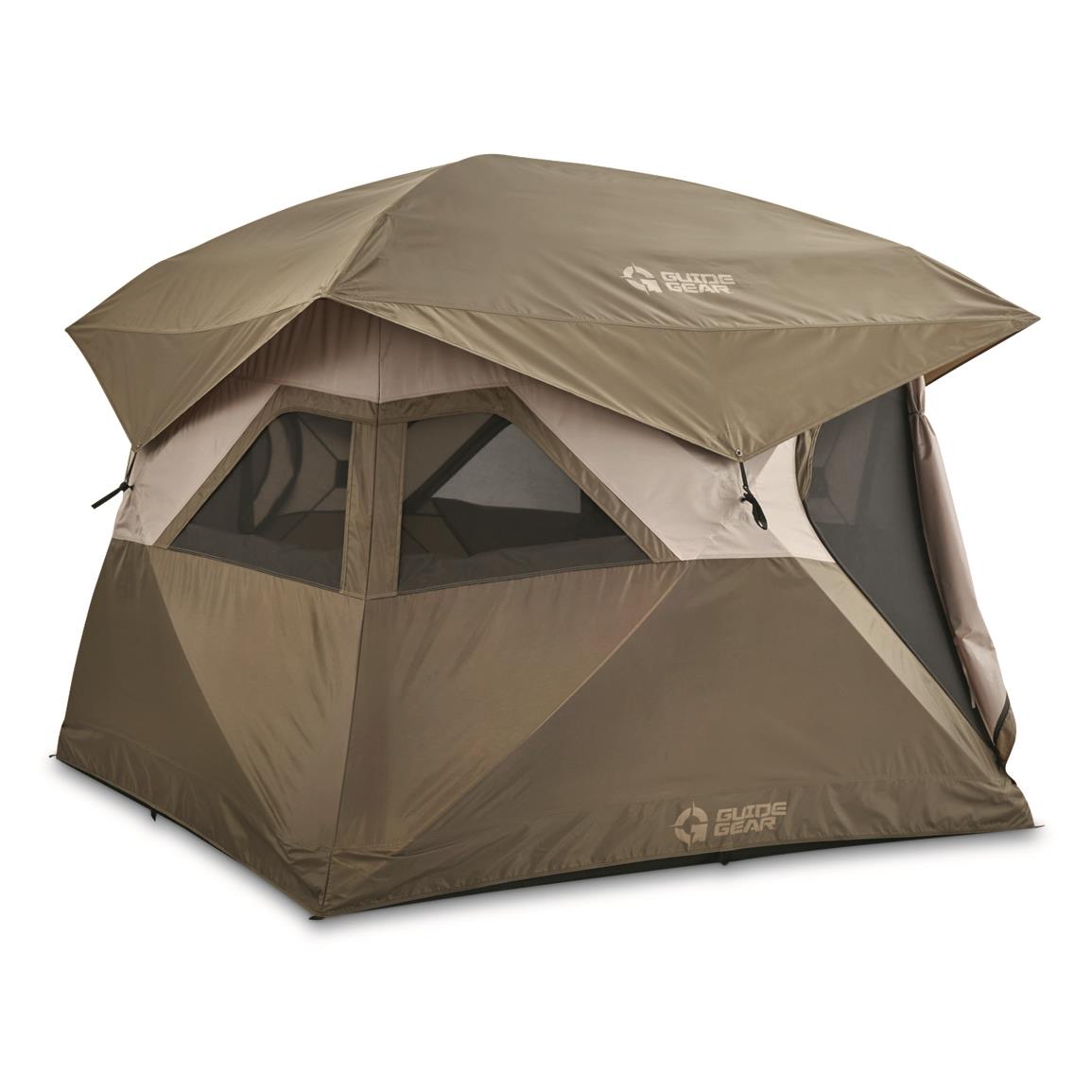
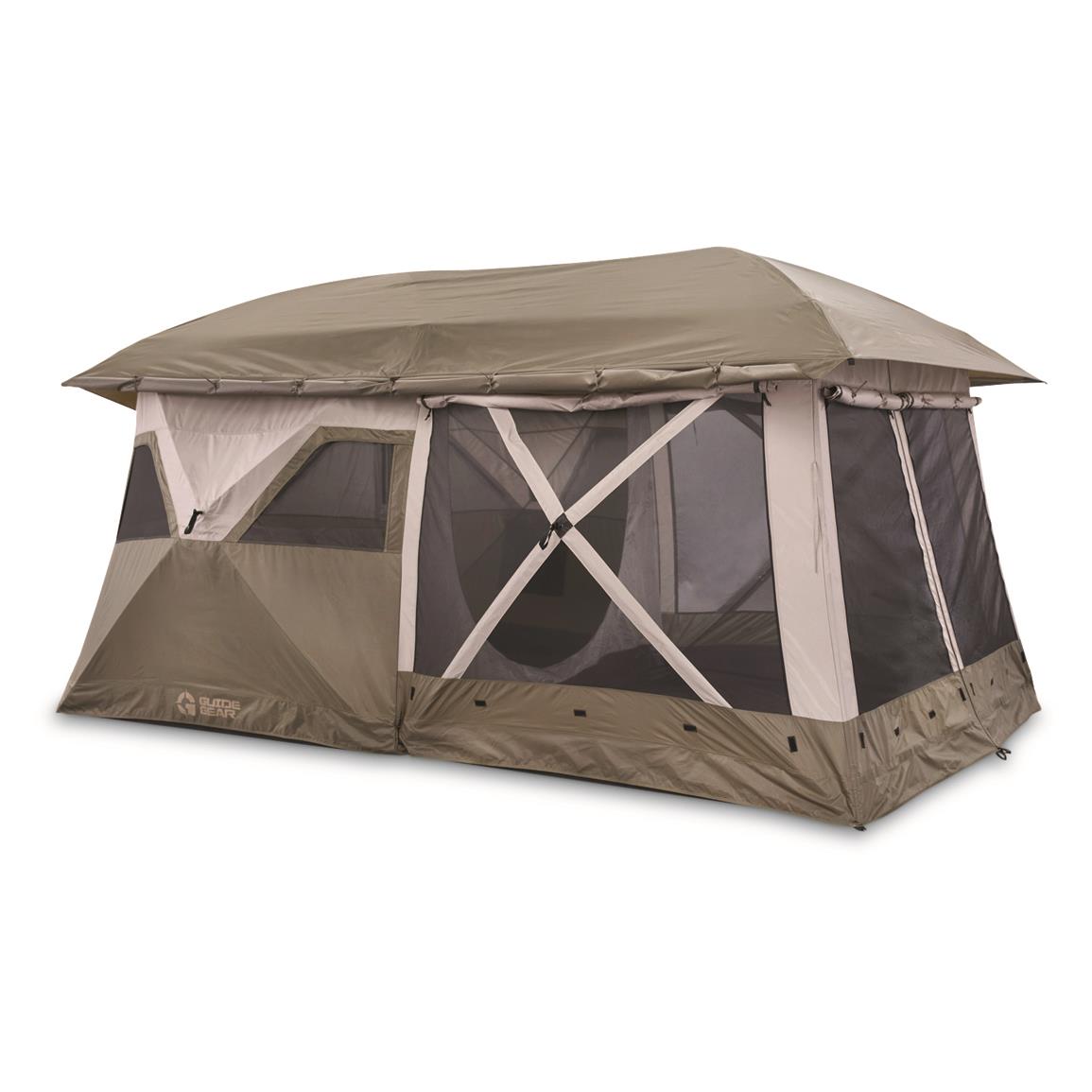



Maximizing Battery Life in the Field
When I’m miles from civilization, where the night sky is my ceiling, ensuring that my camping lantern’s battery life lasts as long as possible is not just a matter of convenience—it’s a matter of safety. Over the years, I’ve picked up numerous strategies to extend the battery life of my camping lanterns, ensuring they shine bright throughout my adventures, regardless of how far off the beaten path I am. Here’s how I make every charge last in the field.
Firstly, understanding the settings on your lantern is key. I’ve learned to use the lowest brightness setting that comfortably illuminates my campsite or tent. This simple adjustment can significantly extend the camping lantern battery life, sparing precious battery power for when I really need it. Many modern lanterns also come with adjustable settings, including red light options, which are less harsh on the eyes and conserve even more battery life.
The condition of the batteries themselves plays a monumental role in how long they’ll last. I always ensure my rechargeable batteries are fully charged before setting out and, if I’m using disposables, that they’re fresh. It’s also a good habit to carry a spare set, safely stored in a waterproof container to avoid any damage from the elements, ensuring I’m not caught without light due to a sudden loss of power.
Another tactic I employ is leveraging natural light as much as possible. Setting up camp before dusk and using the early evening light reduces the need for artificial light, conserving my lantern’s battery for when it’s absolutely necessary. On nights with a full moon or clear sky, the natural ambiance provides enough visibility for basic camp tasks, allowing me to save my lantern’s battery life for the pitch-black conditions when it’s indispensable.
Temperature management is another critical aspect. Cold conditions can drain batteries at an accelerated rate, so I keep my lantern—and spare batteries—warm by storing them in my sleeping bag or inside my jacket while moving. This warmth can help maintain the battery’s efficiency, ensuring that the camping lantern battery life is not unduly shortened by the cold.
Lastly, maintenance plays a crucial role in maximizing battery life. Regularly cleaning the contacts and ensuring the lantern is dry and free from debris can prevent power loss and ensure optimal performance. It’s a simple step that many overlook, but it’s one that can make a significant difference in the field.
By adopting these practices, I’ve been able to significantly extend the camping lantern battery life on my expeditions, ensuring that when the sun sets, my adventure doesn’t have to end. It’s about being prepared, understanding your equipment, and making small adjustments that together make a big difference. For those of us who challenge the wilderness, knowing how to maximize our gear’s performance is as essential as the gear itself.
The Pivotal Role of Camping Lantern Battery Life in Outdoor Adventures
Reflecting on the myriad nights spent under the open sky, from the serene stillness of alpine lakes to the unforgiving cold of high-altitude camps, the significance of dependable light cannot be overstated. The journey through understanding the nuances of camping lantern battery life is more than a lesson in gear selection; it’s a cornerstone of adventure preparedness. My experiences have taught me that the longevity of a lantern’s glow is not just about visibility; it’s about safety, comfort, and the ability to face the unpredictable challenges that nature throws our way.
Camping lantern battery life has been a recurring theme in my adventures, a critical factor that influences decisions from the planning stage to the moment the campsite is pitched. The insights shared here, drawn from personal trials and a deep dive into the mechanics of lantern performance, underscore the importance of this aspect. It’s not merely about choosing a lantern with the longest battery life but understanding how various factors—environmental conditions, usage patterns, and maintenance practices—interplay to impact the performance of your light source in the field.
In the realms where I tread, where the extremes of nature test the limits of human endurance and gear alike, the reliability of a camping lantern’s battery life can be as crucial as the climber’s grip or the skier’s balance. This understanding has pushed me to not only select my gear with care but also to approach its use with a strategy that optimizes performance, ensuring that when darkness falls, my path remains illuminated.
Emphasizing camping lantern battery life in our discussions about outdoor gear is not an overindulgence in technicalities but a recognition of its role in our overall safety and success. The right lantern, one chosen with an informed eye towards its battery performance, becomes not just a tool but a trusted companion on our nocturnal ventures.
As I conclude, my hope is that the importance of camping lantern battery life resonates with fellow adventurers. Let this be a call to not only seek out the best gear that technology affords us but to wield this knowledge as a beacon. A beacon that guides our preparation, informs our choices, and, most importantly, lights our way through the beauty and challenges of the natural world.
Let us step into the wilderness with confidence, backed by the assurance that our light will last as long as our spirit of adventure. In embracing the critical role of camping lantern battery life, we not only ensure our readiness for the night but affirm our commitment to exploring the vast, magnificent outdoors with respect, preparation, and the unwavering light of exploration.
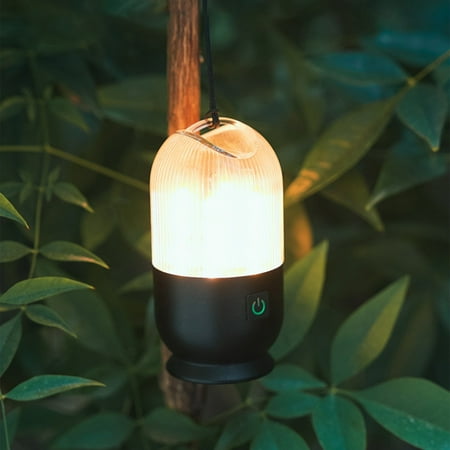
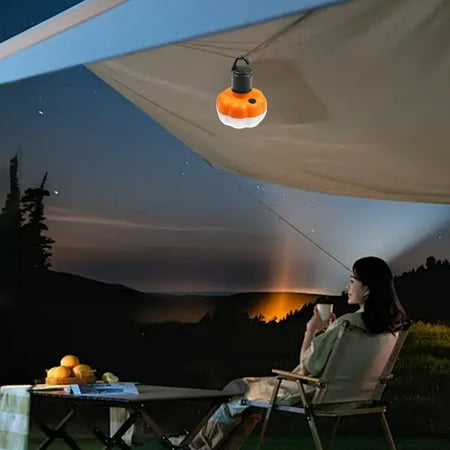

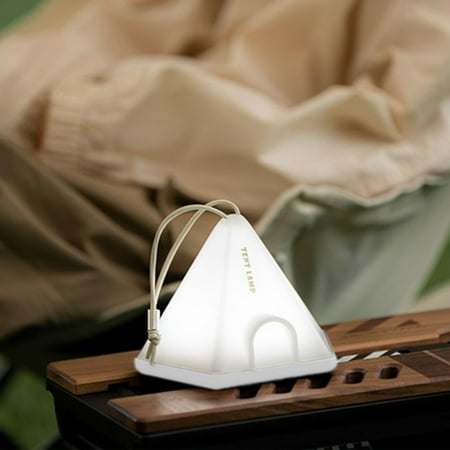

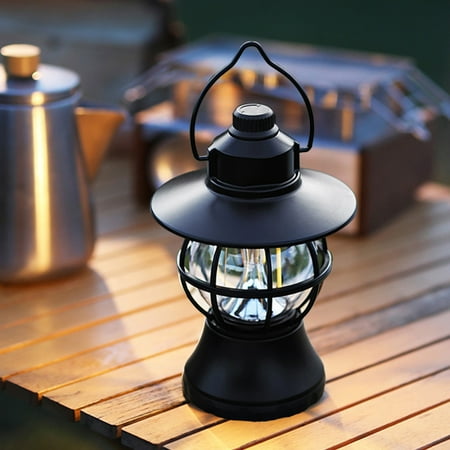
Leave a Reply